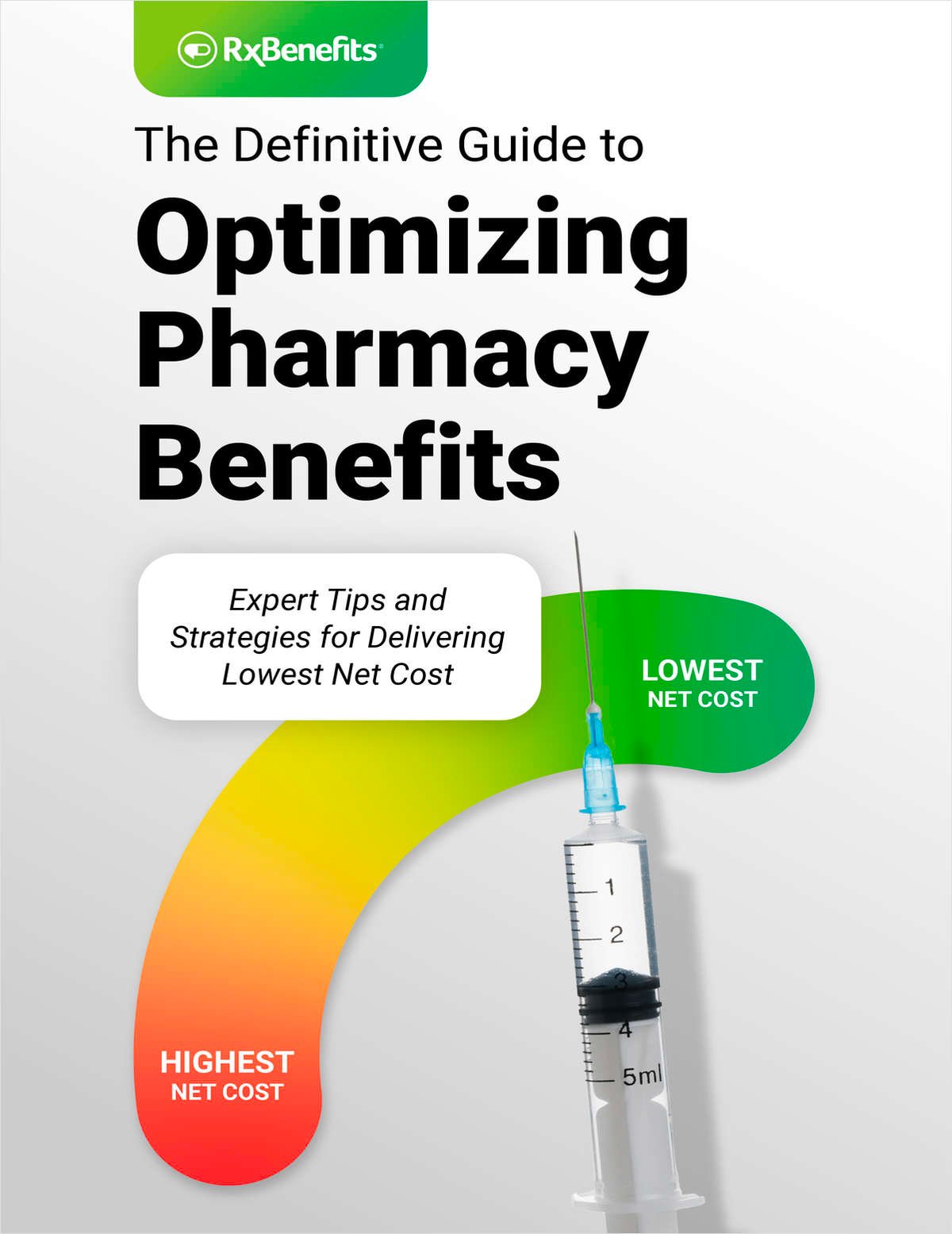A couple of months ago, I wrote about asking the next question as a technique that helps guide client discussions so you and the client discover the root cause of issues they may have, thus opening the door for you to help solve their issues.
Thinking about asking questions got me thinking about the importance of asking ourselves questions. This month we're sharing a few of those questions. Usually I try to address answering them, but these questions speak for themselves:
What do we need to do, as an organization, to support our clients more effectively throughout the transformation of health benefits sparked by PPACA? Do my customers understand what it means to them?
What effect does the MLR limit have on my organization? What if governments legislate tighter minimum loss ratios for all products?
What new products should be considered?
What do health insurance exchanges mean to our clients? To us? Should we be looking into private exchanges, or the public exchanges?
How can I help our customers reduce their health care expense?
What will be the role of benefit communications and enrollment services in the exchange world?
What about defined contribution benefit models? What effect will they have on what we now refer to as employer-paid products or voluntary products? Will we consider all benefits as voluntary—or all as paid from the employer contribution? What happens to participation requirements and underwriting rules in this scenario? Will employees still attach as much value to the employer and broker in selecting products, or will they be more likely to seek other product sources, thus diminishing the value an employer gets from benefits? Will defined contribution models remain under an employer-selected administrator's control, or will the employer simply give the employee money and say, in effect, “you're on your own; go spend it”?
What will employees think of all this? Will they become engaged as better consumers of insurance and health care? What new services will they expect?
What other laws and regulations are going to drive change in the benefits business? For example, how are we going to help customers manage more information about their benefits expense within the requirements of ever-increasing privacy regulations?
What about technology? How should my business be using social networking?
Now is a good time to think about these questions, and to formulate answers. This is a great time to be optimistic about our business. As Winston Churchill observed, “The pessimist sees difficulty in every opportunity. The optimist sees opportunity in every difficulty.”
Continue Reading for Free
Register and gain access to:
- Breaking benefits news and analysis, on-site and via our newsletters and custom alerts
- Educational webcasts, white papers, and ebooks from industry thought leaders
- Critical converage of the property casualty insurance and financial advisory markets on our other ALM sites, PropertyCasualty360 and ThinkAdvisor
Already have an account? Sign In Now
© 2024 ALM Global, LLC, All Rights Reserved. Request academic re-use from www.copyright.com. All other uses, submit a request to [email protected]. For more information visit Asset & Logo Licensing.








